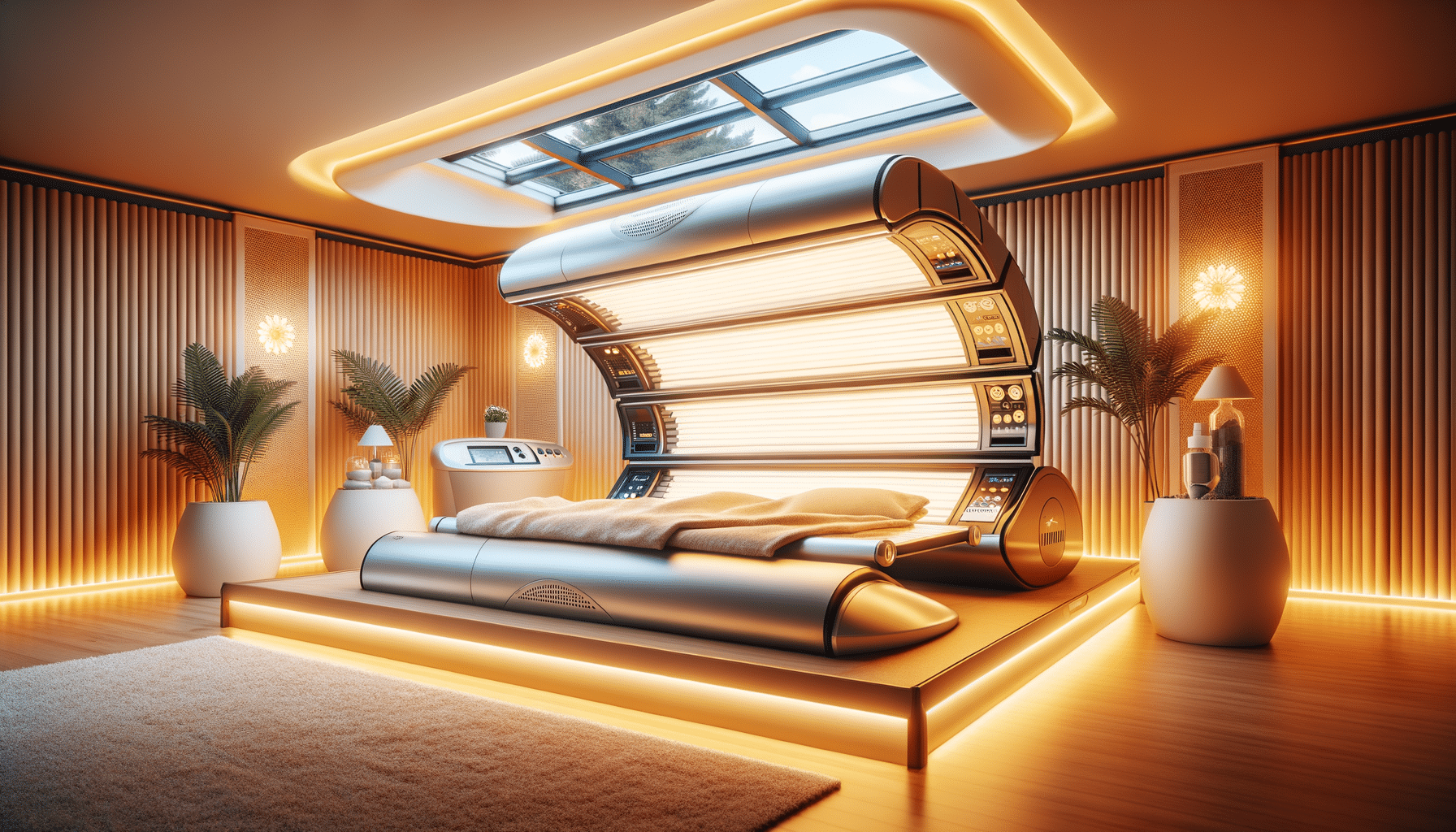
Explore Indoor Tanning Beds: Sun-Kissed Glow anytime with comfort
Introduction to Tanning Beds
Tanning beds have long been a popular choice for individuals seeking a sun-kissed glow without the need to bask in the natural sunlight. These devices use ultraviolet (UV) light to tan the skin, simulating the effects of sun exposure. The concept of indoor tanning offers the convenience of achieving a bronzed look regardless of the weather or time of year. As more people become conscious of their appearance, tanning beds provide a controlled environment where users can manage their exposure to UV light, aiming for a consistent and even tan.
While the allure of a tan is undeniable, it’s essential to understand the mechanics and implications of using tanning beds. The devices are equipped with fluorescent lamps that emit UV radiation, primarily UVA and UVB rays. These rays penetrate the skin, stimulating the production of melanin, the pigment responsible for the darkening of the skin. However, it’s crucial to use tanning beds responsibly to mitigate the risks associated with UV exposure, such as skin damage and increased risk of skin cancer.
Indoor tanning beds offer a convenient solution for those who desire a tan without spending hours under the sun. They provide a way to maintain a tan throughout the year, regardless of the season. However, it’s important to weigh the benefits against the potential risks and to use these devices with caution.
Understanding Indoor Tanning Beds
Indoor tanning beds are designed to provide a controlled environment for achieving a tan. Unlike outdoor tanning, which depends on the sun’s position and weather conditions, indoor tanning beds offer a consistent and predictable experience. Users can select the duration and intensity of their tanning session, allowing for a customized approach to achieving the desired skin tone.
Modern tanning beds are equipped with advanced features to enhance the tanning experience. Some include adjustable timers, cooling fans, and even audio systems to make the session more enjoyable. The ability to control the UV exposure is a significant advantage, as it allows users to gradually build their tan without overexposure, reducing the risk of burns and skin damage.
Despite the convenience and control offered by indoor tanning beds, it’s important to approach them with caution. Overuse or improper use can lead to adverse effects, such as premature aging and an increased risk of skin cancer. It’s advisable to follow recommended guidelines and to consult with professionals to ensure a safe and effective tanning experience.
Benefits of Indoor Tanning
Indoor tanning beds offer several benefits for those seeking a bronzed look. One of the primary advantages is the ability to tan regardless of the weather. Whether it’s raining or snowing outside, indoor tanning beds provide a reliable option for maintaining a tan throughout the year.
Another benefit is the control over the tanning process. Users can select the duration and intensity of their sessions, allowing for a gradual and even tan. This control helps reduce the risk of overexposure and minimizes the chances of developing a sunburn.
Indoor tanning can also be a time-efficient option. With sessions typically lasting between 10 to 20 minutes, it’s possible to fit a tanning session into a busy schedule. This convenience makes it an appealing choice for those with limited time to spend outdoors.
However, it’s essential to balance these benefits with the potential risks. Responsible use of tanning beds, including adherence to recommended session durations and frequency, is crucial to minimize the risk of skin damage and health issues.
Risks and Precautions
While indoor tanning beds offer a convenient way to achieve a tan, it’s important to be aware of the associated risks. Prolonged exposure to UV radiation, whether from the sun or tanning beds, can lead to skin damage, premature aging, and an increased risk of skin cancer.
To minimize these risks, it’s crucial to follow recommended guidelines for tanning bed use. This includes limiting the frequency and duration of sessions, using protective eyewear to shield the eyes from UV rays, and applying appropriate skin care products before and after tanning.
Individuals with fair skin or a history of skin cancer should exercise extra caution and consult with a healthcare professional before using tanning beds. It’s also advisable to conduct regular skin checks to monitor for any changes or abnormalities.
By understanding and respecting the potential risks, users can enjoy the benefits of indoor tanning while prioritizing their health and well-being.
Conclusion: Embracing Safe Tanning Practices
Indoor tanning beds offer a convenient and controlled environment for achieving a sun-kissed glow. With the ability to customize the tanning experience, users can enjoy a consistent and even tan throughout the year. However, it’s crucial to approach tanning with caution and to prioritize safety.
By following recommended guidelines, using protective measures, and being mindful of the risks, individuals can enjoy the benefits of indoor tanning while minimizing potential health concerns. Embracing safe tanning practices ensures that the quest for a bronzed look doesn’t come at the expense of one’s health.
Ultimately, the decision to use indoor tanning beds should be informed and balanced, considering both the aesthetic benefits and the importance of skin health.


